Recently, media representatives from China, Europe, and Africa, who were participating in the 2024 Media Cooperation Forum on Belt and Road, embarked on a journey to Leshan city in southwest China's Sichuan Province to explore the true essence of Emei.
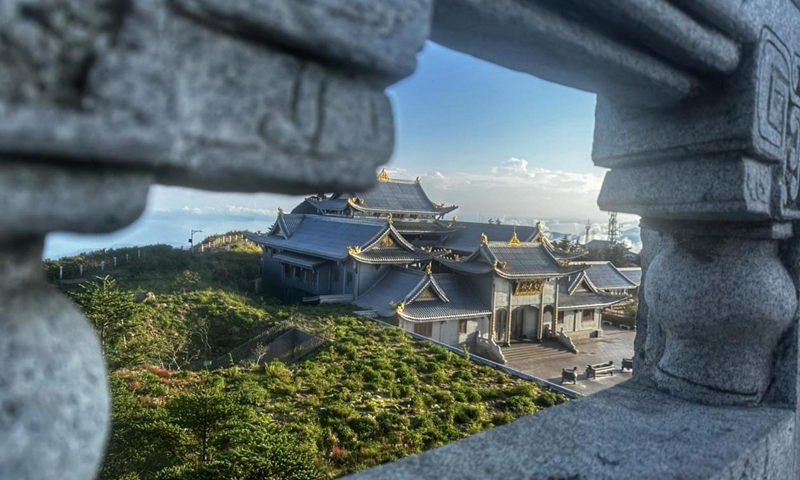
Photo shows the Huazang Temple, located atop Mount Emei, in southwest China's Sichuan Province. (People's Daily Overseas Edition/Huang Jingwei)
Forging friendship through martial artsWhat happens when Emei martial arts, known for combining hardness with softness, intersects with submission grappling, which focuses on defeating opponents with skill?
In front of the main entrance to the Chinese Studies Hall of the Emei Kung-Fu Alliance, more than 30 young martial arts trainees were practicing martial arts moves.
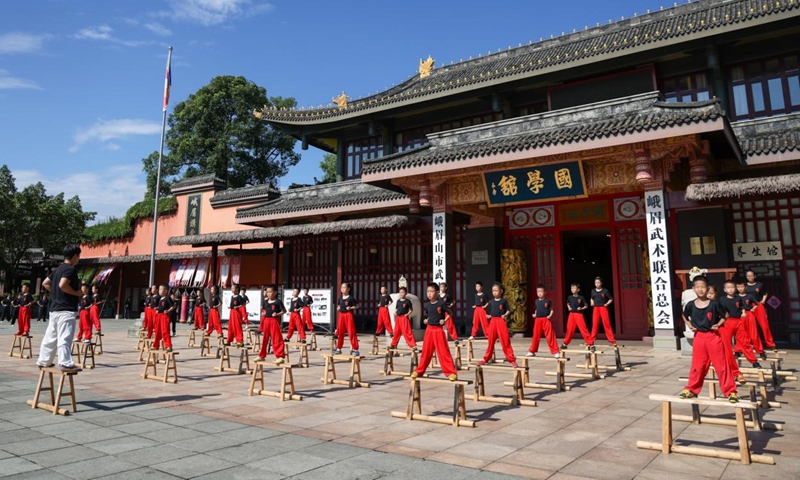
Young trainees practice martial arts moves in front of the main entrance to the Chinese Studies Hall of the Emei Kung-Fu Alliance. (People's Daily/Yi Xiao)
During a follow-up demonstration session, Emei martial arts practitioners showcased a range of martial arts techniques and equipment, drawing the interest of foreign media representatives who expressed a desire to become their apprentices and engage in skill-sharing.
"Emei martial arts, originating from Mount Emei, is known for its combination of hardness and softness, speed and slowness, and flexibility. It is recognized as one of the three main genres of martial arts in China," explained Wang Chao, an inheritor of the intangible cultural heritage of Emei martial arts.
"With its roots deeply embedded in Chinese culture, Emei martial arts embodies a harmonious blend of Confucianism, Buddhism, and Taoism, making it a highly inclusive practice," Wang elaborated.
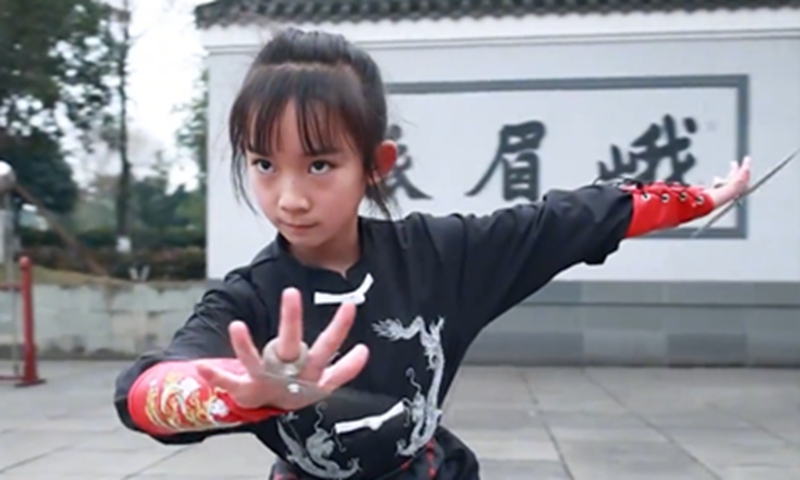
A young practitioner of Emei martial arts displays martial arts equipment. (File photo)
Inspired by the atmosphere, Per Markus Andersson, an editor with The Nordic Times, Sweden, and Isac Bomen, an editor with Nya Dagbladet, Sweden, teamed up to showcase submission grappling, earning warm applause from the spectators.
"Martial arts exchange fosters mutual learning among diverse civilizations. I have discovered that grappling and Emei martial arts share similarities. For example, both disciplines do not promote violence; rather, they are practiced to cultivate strength, encouraging individuals to develop self-discipline and a positive mindset," said Andersson.
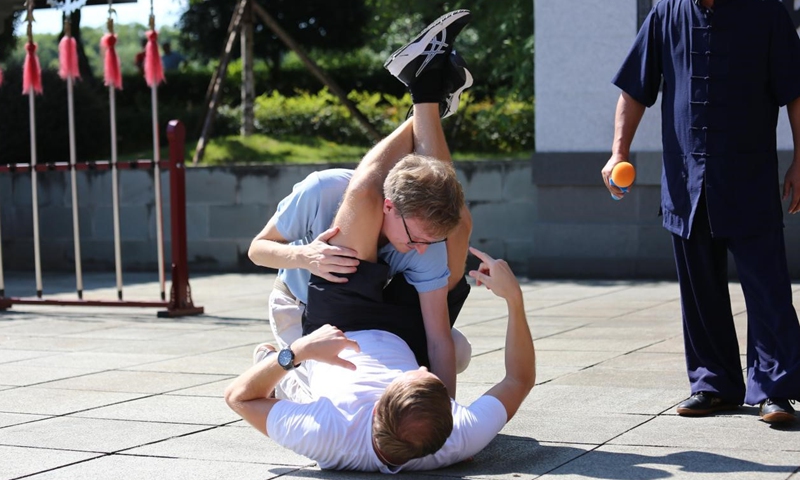
Per Markus Andersson, an editor with The Nordic Times, Sweden, lies on the ground during a demonstration of submission grappling. (Photo/Liu Xiaoli)
Bonding over craftWhat happens when tea from Mount Emei meets coffee from Kenya?
Seated around a table, Yang Mei, a Chinese tea artist, and Agnes Mbithe Mwangangi, an editor with the Kenya Broadcasting Corporation (KBC), were presenting Chinese tea culture alongside the coffee culture of Kenya.
Warming the cup, observing the tea leaves, adding them to the cup, steeping, and brewing, all while listening to soothing music, a pot of Mount Emei tea was good to go.
"As the tea neared my nose, a refreshing aroma filled the air, I really enjoy the scent and taste of this tea," said Mwangangi. Kenya is famous for coffee production, and Mwangangi demonstrated the brewing method of Kenyan coffee.
"This one has a chestnut-like aroma when you drink it," said Yang.
"Coffee and tea can also be combined. We have partnered with a coffee shop to create a special blend of coffee and green tea. This unique blend has a fragrant and rich taste, offering a one-of-a-kind flavor experience," Yang added.
"In Kenya, many people also brew and drink tea using locally grown tea leaves. This exchange has brought us closer together," said Mwangangi.
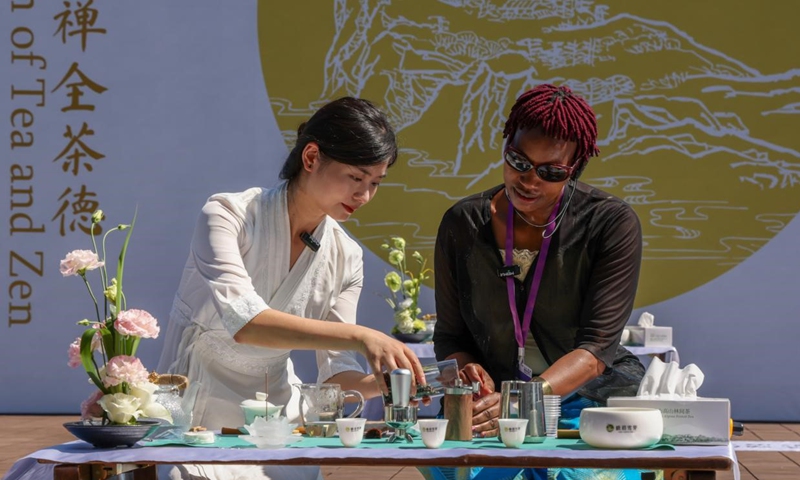
Agnes Mbithe Mwangangi (right), an editor with Kenya Broadcasting Corporation (KBC), and Yang Mei, a Chinese tea artist, demonstrate the skills of coffee brewing and tea making. (People's Daily/Yi Xiao)
United by artistryIn China, calligraphy is not just visual art but a reflection of deep cultural values, with its unique spirit and poetic essence.
"What does 'De Bu Gu' mean?" asked Cristina Andrade, a journalist from El Periódico de España after receiving a piece of calligraphy.
"It means virtuous people always find like-minded companions," explained a Chinese journalist.
"The Chinese characters represent harmony and kindness, values I strive to promote. If all countries embrace this, the world will be a better place," Andrade said, after knowing the meaning of the Chinese characters.
Foreign journalists gathered around the table of Lin Xu, an inheritor of Mount Emei finger painting, an intangible cultural heritage.
Emile Gankama, editorial director of Les Depeches De Brazzaville, Republic of the Congo, a painting enthusiast, joined Lin to finish the same work.
"Painting brings us closer together," Gankama said as he showed off the finished artwork.
"Our collaboration was seamless. I started with a portrait of a man, and Lin really got what I was going for, adding arms and a suit to round out the painting," he explained.
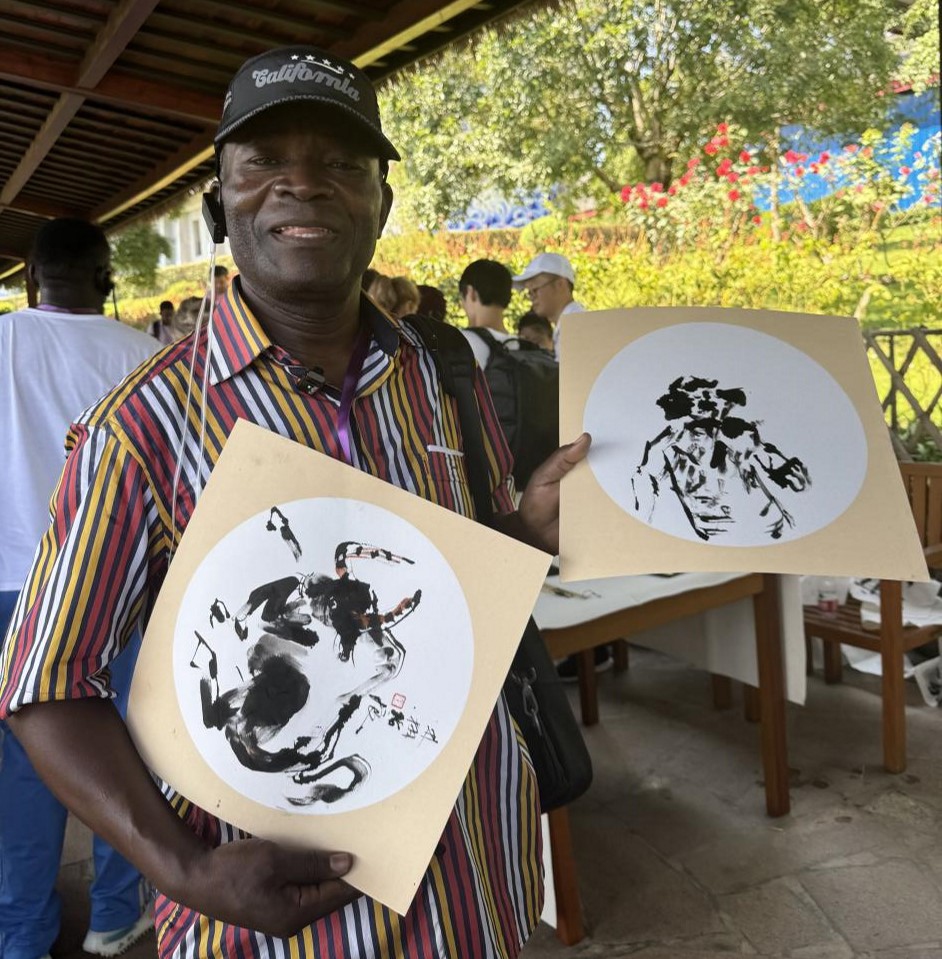
Emile Gankama, editorial director of Les Depeches De Brazzaville, Republic of the Congo, shows a piece of painting (right) co-finished by himself and Lin Xu, an inheritor of Mount Emei finger painting. (People's Daily/Xu Hangyan)
As music started playing, Lilon Bongmatur from Vanuatu Broadcasting & Television Corporation, Vanuatu, pulled Chinese journalist Qiu Yue onto the dance floor to perform a traditional dance from the South Pacific island nation.
Gankama quickly joined in, followed by Lin.
As the music played, people from China and other countries formed a circle, clapping and dancing together, creating a lively atmosphere. Journalists from different countries exchanged invitations and well-wishes as they danced, fostering friendship.
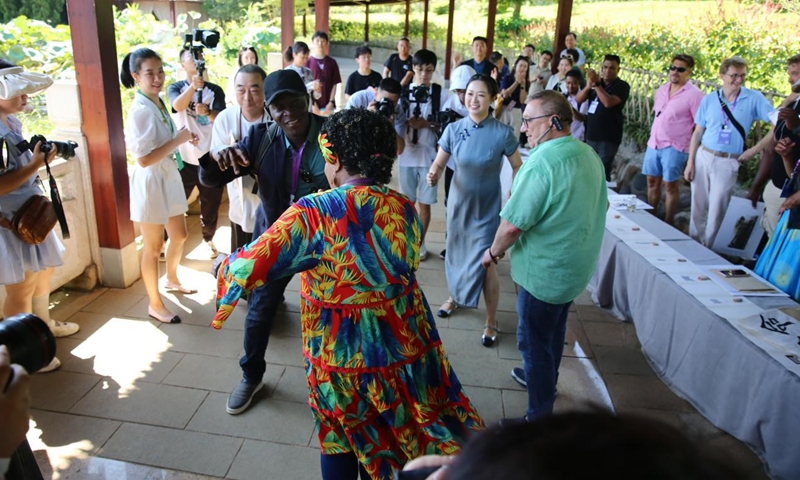
Lilon Bongmatur from Vanuatu Broadcasting & Television Corporation, Vanuatu, invites everyone to perform a traditional dance from Vanuatu. (Photo/Liu Xiaoli)
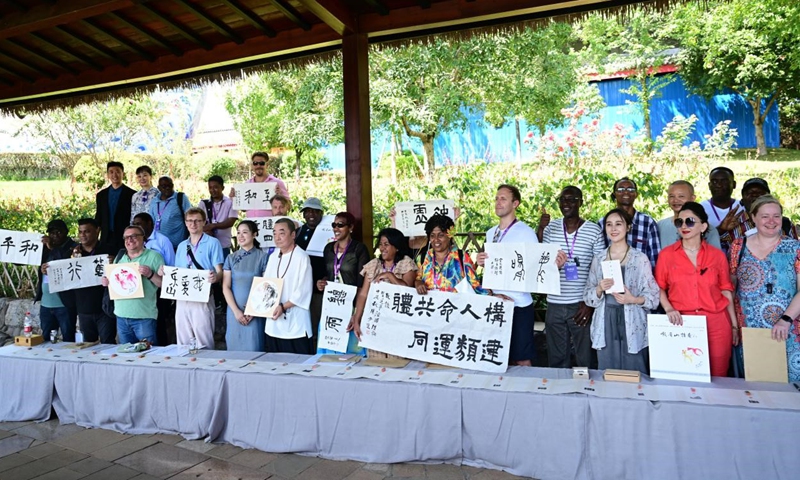
Media representatives participating in the 2024 Media Cooperation Forum on Belt and Road and artists from Emeishan city show artworks co-created by them. (Photo/Chen Chun'an)
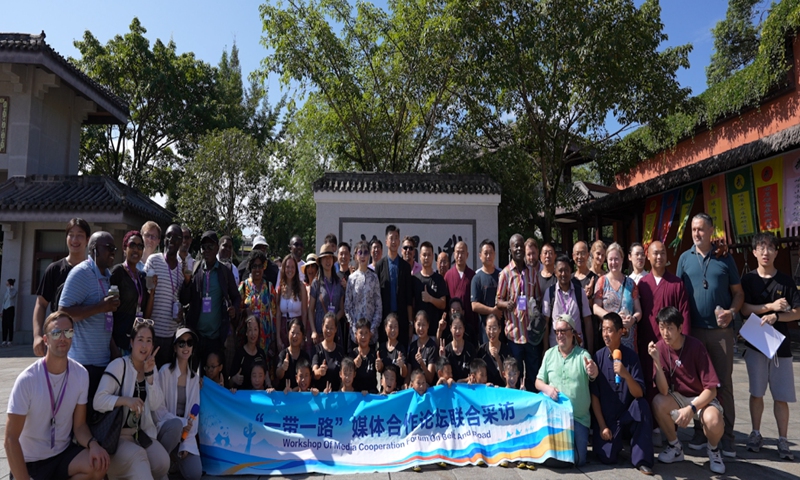
Media representatives participating in the 2024 Media Cooperation Forum on Belt and Road pose for a picture with martial arts trainers and trainees from the Emei Kung-Fu Alliance. (Photo/Chen Chun'an)












